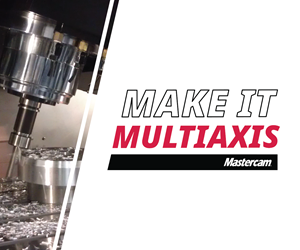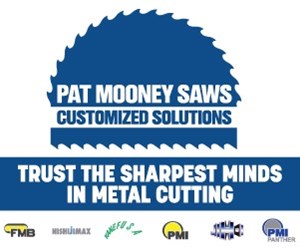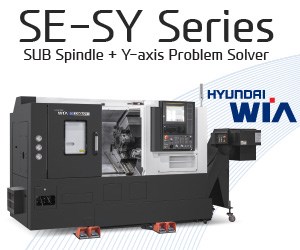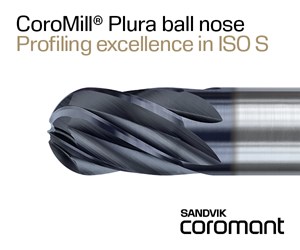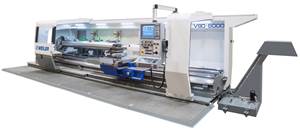Video: 5 Questions about Automation in Manufacturing
Productive uses of automation often involve people and technology working in parallel to complement one another.
Video Transcription
What is Automation?
Automation in manufacturing is a means to keep the process meaning from step to step from cycle to cycle without a human being having to intervene. We hear automation and we think…robots? Manufacturers are using significantly more robots, but five axis machining is also automation. Also, bar feeds, indexers, software tools that streamline planning and programming are animation as well.
Is Automation replacing people?
Rarely would an employer say, “I can’t find someone to fill this job, therefore I’m going to automate”. One is not a replacement for the other. Manufacturers use automation to bridge gaps in which employees don’t produce. An example is a line or a cell that keeps on running into the night after the employees have gone home. Another is a highly repetitive automated process that keeps on running so that the employees can turn away from it, walk away from it here and there to tend to other tasks. The employer that learns to succeed with automation this way, using it to leverage what the employees can do, often is able to expand production without expanding staff. But, at the same time, many employers have added staff after automating because the multiplying effect of the automation makes each incremental employee that much valuable.
Is unattended production the only reason to use automation?
Beyond unattended production another reason to use automation is repeatability. A process that is more consistent from cut to cut or from piece to piece.
Another reason to automate, predictability. Know precisely how many parts you’re going to produce within a given period-of-time. Also, safety even comfort. Some operations, maybe some polishing or deburring operations are either hazardous enough or tedious enough that it’s difficult to have an employee do them.
Why are manufacturers adopting automation now?
The move to greater use of automation is one of the most important trends in shaping manufacturing. Today automation is accessible for two reasons. One, technology. Automated systems are easier to program, easier to install and use than every before. Two, manufacturers are ready for automation. An automated device needs a defined system to plug into. In the last generation or so manufacturers have made considerable advances at defining and structuring their processes. A process that is better understood is a better candidate for automation.
What is the future of automation?
The future is enterprise level automation. When you hear data driven manufacturing, Industry 4.0 that’s automation, but it’s not automation of moving parts or sequences of operations. Its automation of decisions related to scheduling, ordering, maintenance. We’re not there yet, but we’re getting better at data gathering. We’re getting better at sharing data across supply chains. Eventually, the promise of this is going to be processes and plants that are able to keep on producing effectively without waiting for human beings to make decisions even at some of the higher levels.
Learn More by visit the Robots & Automation Zone.
Related Content
Choosing a Five-Axis Machine Tool With Automation in Mind
While much focus is placed on the machinery that moves parts, the features most important for automating five-axis machining are arguably found in the machine tool itself.
Read MoreWeiler to Debut New Automation Features For Its Lathes
Weiler’s V 110 four-way precision lathe introduces features new to the U.S.
Read MoreBuilding an Automation Solution From the Ground Up
IMTS 2022 provides visitors the opportunity to meet with product experts to design automation solutions from scratch.
Read MoreLean Approach to Automated Machine Tending Delivers Quicker Paths to Success
Almost any shop can automate at least some of its production, even in low-volume, high-mix applications. The key to getting started is finding the simplest solutions that fit your requirements. It helps to work with an automation partner that understands your needs.
Read MoreRead Next
The Cut Scene: The Finer Details of Large-Format Machining
Small details and features can have an outsized impact on large parts, such as Barbco’s collapsible utility drill head.
Read More3 Mistakes That Cause CNC Programs to Fail
Despite enhancements to manufacturing technology, there are still issues today that can cause programs to fail. These failures can cause lost time, scrapped parts, damaged machines and even injured operators.
Read More
.jpg;width=70;height=70;mode=crop)







.png;maxWidth=300;quality=90)



